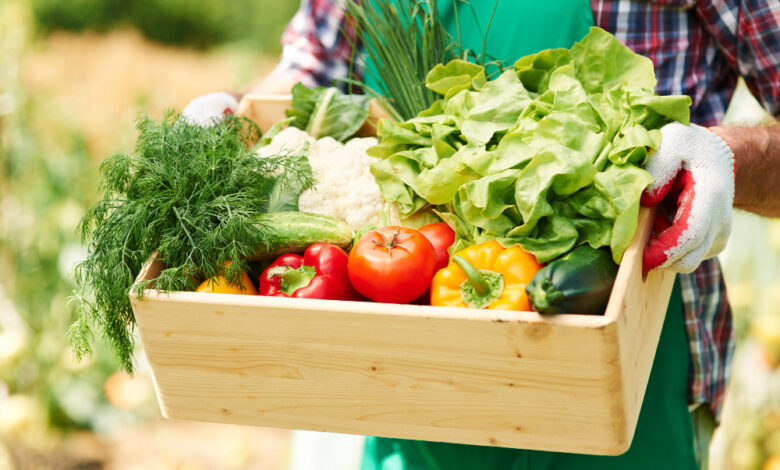Composting and Home Gardening: How to Create a Sustainable Cycle in your Own Backyard

Table of Contents
In recent years, awareness of the importance of environmental sustainability has grown significantly. One of the most accessible and impactful ways to contribute to a healthier environment is through composting and cultivating a home garden.
These practices not only reduce waste and pollution but also provide fresh and healthy food directly from your backyard. In this guide, we will explore step-by-step how to start a sustainable cycle in your own backyard through composting and cultivating a home garden. Keep reading!
Benefits of Composting
Just as a “bobina para unitarização” keeps packaged products safely and organized, composting allows for the controlled decomposition of organic matter, turning it into nutritious compost.
By adding compost to the soil, you can improve its structure, water retention, and drainage, creating a conducive environment for healthy plant growth. This process reduces the dependence on chemical fertilizers, promoting more sustainable agricultural practices.
Additionally, composting contributes to the reduction of greenhouse gas emissions, such as methane, which are generated by the decomposition of organic waste in landfills, thus helping to preserve the environment.
How to Compost?
Starting composting at home is simpler than you might think. First, you’ll need a suitable container to store your organic waste. This can be a garden composter, a composting box, or even a simple bucket with a lid.
An interesting alternative is to use a bucket with a lid and a “chapa perfurada” at the bottom to facilitate aeration and the decomposition process of the waste. Then, start adding organic waste to your compost bin.
This includes fruit and vegetable scraps, eggshells, coffee grounds, dry leaves, and even uncoated paper. Avoid adding animal products such as meat and dairy, as they can attract unwanted animals and cause unpleasant odors.
Remember to turn or mix your compost regularly to aid aeration and speed up the decomposition process. In a few weeks to months, depending on environmental conditions, your waste will turn into nutrient-rich compost ready to be used in your garden.
Planning Your Home Garden
Before you start planting, it’s important to carefully plan your home garden. Consider factors such as the amount of sunlight your growing area receives, available space, and which crops are most suitable for the climate and soil in your region.
Start by choosing a sunny and well-drained location for your garden. If you have limited space, consider using containers such as pots or raised planting boxes. This allows you to grow a variety of vegetables, herbs, and even fruits in compact spaces like balconies or patios.
Furthermore, by choosing the right containers, you can ensure good soil aeration, promoting healthy plant development. Also, consider using efficient irrigation systems to ensure your plants receive the right amount of water without waste.
Crop selection and planting
Choosing crops for your garden is crucial; opt for varieties that are suitable for your level of experience and available growing conditions. Leafy greens like lettuce and spinach are great for beginners and thrive in small spaces. Herbs like basil, parsley, and mint are also easy to grow and add fresh flavor to your meals.
When planting your seedlings or seeds, follow specific planting instructions for each crop. Make sure to provide enough water, especially during periods of active growth, and keep the area free of weeds to avoid competition for nutrients.
Garden Maintenance
By providing a continuous source of essential nutrients, compost promotes vigorous growth and abundant plant production. Additionally, it improves soil structure, increasing its water retention capacity and reducing erosion, creating an ideal environment for healthy plant development in the garden.
Harvest and Consumption
One of the most rewarding aspects of owning a home garden is harvesting and enjoying the fresh food you’ve grown yourself. When harvesting vegetables and herbs, do so in the morning when they are at their peak freshness and flavor. Use a sharp pair of scissors to cut the stems, avoiding unnecessary damage to the plants.
Consume your produce, making the most of your harvest. Try out new and creative recipes that enhance the fresh flavor and nutrients of your vegetables and herbs. Share the excess with friends and neighbors, promoting a healthier and more sustainable community.
Conclusion
Composting and home gardening are simple and effective ways to create a sustainable cycle in your own backyard. By turning organic waste into nutritious compost and growing fresh, healthy food, you not only reduce environmental impact but also promote a lifestyle more connected to nature and community.
Start your journey towards sustainability today by cultivating a garden that nourishes not only the body but also the planet.



